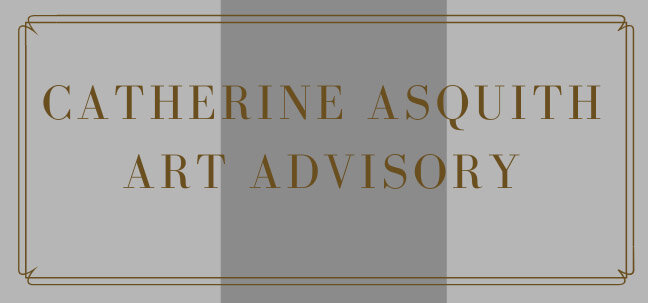Corporate Collection 101: Developing a Collection Policy
Part 3
Image: Richard Bell, “Omega (Bell’s theorem)”, 2013, acrylic on linen 180 x 480cm,The Wesfarmers Collection, Perth, ©Richard Bell, reproduced courtesy of the artist
A collection’s acquisition policy is central to its management: it prescribes its core purpose, namely the acquisition of XXX artworks for the corporate’s permanent collection, and addresses how this purpose will be pursued over the next few years and in line with the collecting objectives. So for example, the collection may decide upon several key strategic priorities across a number of collecting areas, for example, Australian Contemporary Art, Aboriginal and Torres Strait Island Art and S.E. Asian Contemporary Art, over a designated period of time, say 5 to 10 years, acquiring 2D objects (paintings, works on paper, limited edition prints and photography) with subject matter relating to “the stories of the land and its inhabitants”.
Benchmarking with other similar corporate collections and their respective acquisitions policies, can also be undertaken to ascertain trends across the sector. Such an undertaking will additionally, ensure best practice guidelines have been adequately considered.
As part of developing the collection policy a selection criteria and procurement process should also be addressed by the corporate’s art committee. Most common is a two-tiered process, wherein the artistic elements are considered alongside art market factors. For example, in assessing the artwork and the artist, consideration should be given to:
Establishment or discernment of the significance of the artist’s contribution to the development of ideas and directions in contemporary art;
Ascertaining the significance and/or relationship of the work itself as it relates to the artist’s oeuvre; and
Discerning the relevance and suitability of the work within the context of the collection.
Alongside these artistic criteria, assessment of the following attributes is also recommended as part of the selection process:
Assessment of artist’s CV
Assessment of artist’s representative gallery, i.e. its standing and reputation within the arts community, in addition to the duration of its operations;
Assessment of market value of the proposed artwork, i.e. is it in line with the retail value of the works available on the open market and/or via another gallery; and
Assessment of artist’s secondary market record, if available.
Some corporate collections also acquire commissioned or site-specific works. Similarly, the same artistic criteria and market assessment should apply.
Our final journal post in this series will look at collection management protocols.

